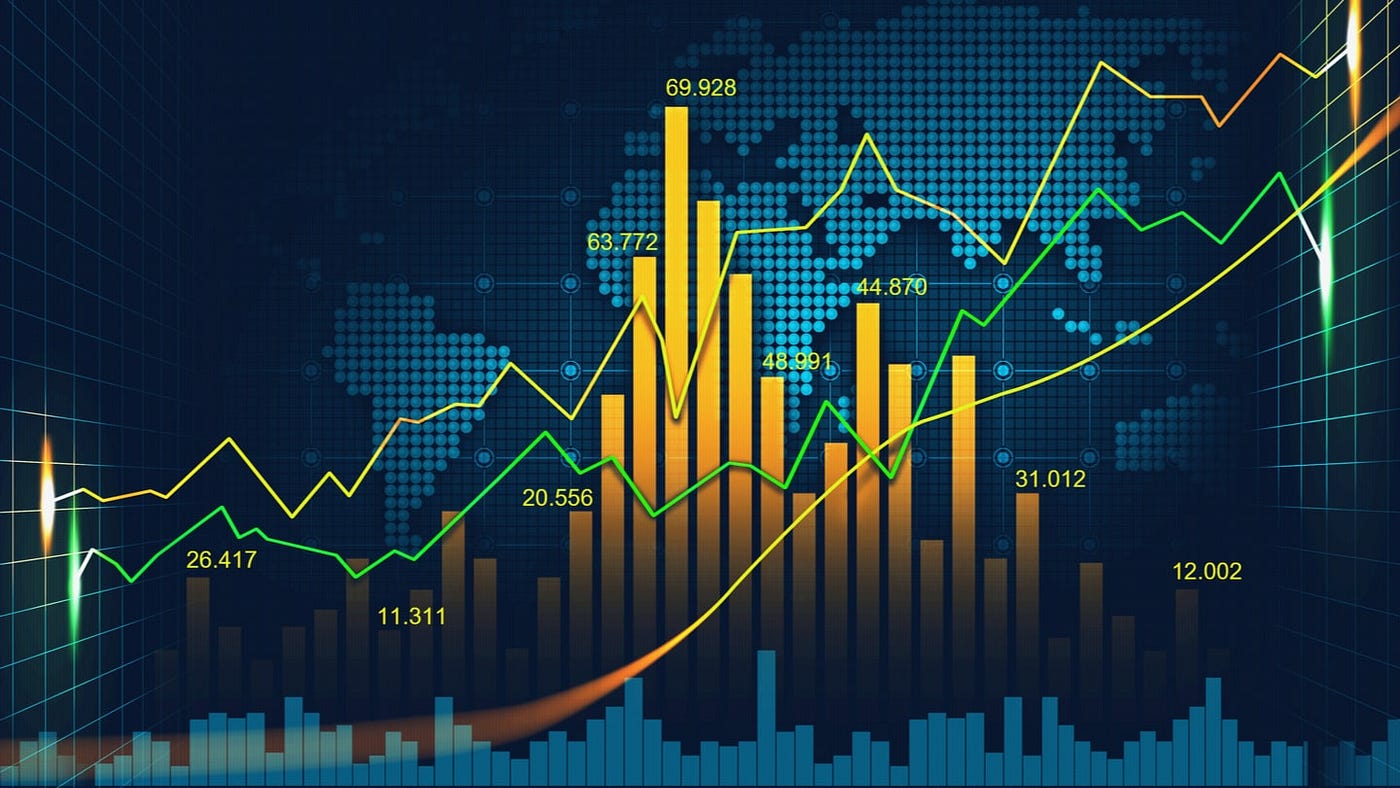Quantitative Trading and the Future of Financial Markets
With the growth of quantitative trading in recent years, financial markets have undergone tremendous upheaval. Quantitative trading, often known as algorithmic trading or algo trading, is the execution of transactions in financial markets using mathematical models and computer algorithms.
The Rise of Quantitative Trading
With advances in technology and access to enormous volumes of financial data, quantitative trading has progressed fast. Historically, human traders made trading judgements based on their expertise and intuition. However, as processing power improved and data became more widely available, quantitative trading grew in popularity. Advanced algorithms can now evaluate previous data, find trends, and execute trades with minimum human participation.
Benefits of Quantitative Trading
One of quantitative trading’s key benefits is its capacity to handle enormous datasets and gain useful data. Quantitative traders can discover patterns and trends that human traders may miss by using statistical models and machine learning techniques. This data-driven strategy enables faster and more precise decision-making, possibly resulting in more revenues and lower risks.
Another benefit of quantitative trading is its ability to remove emotional bias from trading decisions. Human traders can be influenced by fear, greed, or other emotions, leading to irrational decisions. Algorithms, on the other hand, are not subject to such emotions and can execute trades based solely on predefined rules and criteria. This disciplined approach can help mitigate the impact of human error and improve overall trading performance.
Market Impact
The rise of quantitative trading has had a profound impact on financial markets. Firstly, it has increased market liquidity and efficiency. Algorithmic traders can execute trades quickly and at high volumes, providing liquidity to the market and narrowing bid-ask spreads. This increased liquidity benefits all market participants by improving price discovery and reducing transaction costs.
The Future of Quantitative Trading
Looking ahead, quantitative trading is expected to play an even larger role in financial markets. Advancements in artificial intelligence and machine learning will enhance the capabilities of algorithms, enabling more sophisticated trading strategies and predictive models. Big data analytics and alternative data sources will provide additional insights for quantitative traders to exploit.
Currently, quantitative trading is predominantly used by institutional investors and large hedge funds due to the high costs associated with developing and maintaining trading systems. However, with the emergence of cloud-based platforms and the availability of off-the-shelf algorithms, smaller investors and individual traders will have greater access to quantitative trading tools and strategies.
Learn about Quantitative Trading
The Certificate of Quantitative Finance (CQF) is a great quantitative finance course for aspiring quantitative traders. With a comprehensive curriculum covering key topics such as quantitative analysis, financial modeling, and risk management, it equips learners with the necessary skills to excel in the field. The program offers practical insights, hands-on experience, and industry-relevant knowledge, making it a valuable asset for anyone interested in quantitative trading.
Conclusion
By combining technology and data to make educated trading decisions, quantitative trading has transformed financial markets. Its capacity to handle massive volumes of data, reduce emotional biases, and enhance liquidity has changed the trading scene. Quantitative trading will likely stay at the forefront of financial market evolution, determining the future of finance.












